Find out our works
Our Products
Sankh
According to Hindu mythology, the Shankha (conch shell) is a revered and scared emblem of the Hindu God Vishnu, known as the preserver. When blown, the sound heard from the conch shell is said to be symbolic of the sacred ‘Om’ sound and Vishnu, who always portrayed holding it in his right hand, is the God of Sound and Lord of Waters.
A shankha has religious ritual importance in Hinduism where it is called Panchajanya is a sacred emblem of the Hindu preserver deity Vishnu. It is still used as a trumpet in Hindu ritual and in the past it was used as a war trumpet. The shankha is praised in Hindu scriptures as a giver of fame, longevity and prosperity, the cleanser of sin and the abode of goddess Lakshmi, who is the goddess of prosperity and consort of Vishnu. The shankha is one of the eight auspicious symbol of Buddhism, the Ashtamangala and represents the pervasive sound of Buddhism.
The sound produced by it, is believed to purify the environment, dispelling negative energies and bringing positivity, the harmful germs in the atmosphere are destroyed
As Conch shell is associated with Vishnu but the brass fittings of the shell indicate a link with Shaiviteritual where the opening of the hooted stand represents a Yoni.
Nowadays, the shankha is blown at the time of worship in Hindu temples and homes, especially in the ritual of the Hindu aarti, when light is offered to the deities. It is also used to bathe images of deities, especially Vishnu and for ritual purification.
The Shankha is used as a material for making bangles, bracelets and other objects because of its aquatic origin and resemblance to the vulva. In view of this, its symbolism is also said to represent female fertility. Since water itself is a fertility symbol, shankha, which is an aquatic product, is recognised as symbolic of female fertility.
Keeping in mind the numerus positivity of Shankha, I copied this 19th Century one as a must for every Hindu houses.
.Size(cms) – L-35, B- 10, Ht – 17, Wt – 1.5 kgs ( with shankha ). Metal – Brass
Get a QuoteOur Other Dokra Products

Votive Lamp

Sankh

Antiquity Trinket Box

Drishti Ganeshas
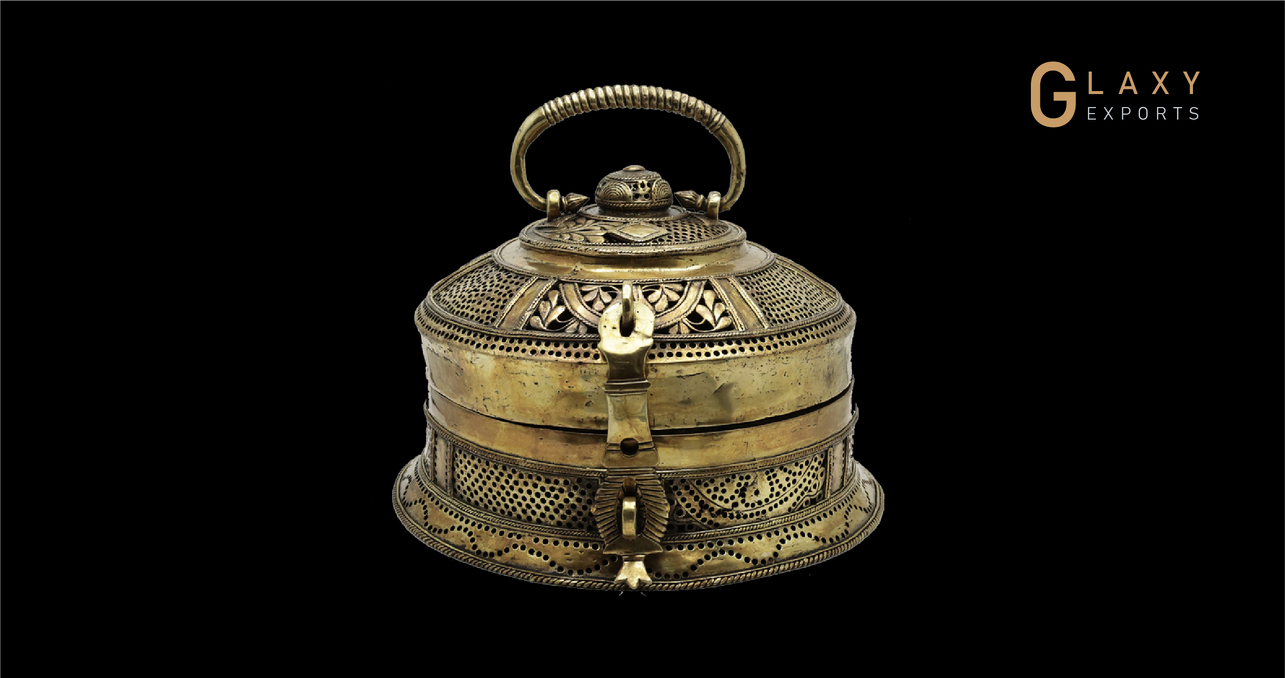
Petit Cabinet de Curiosities

Lime Stick
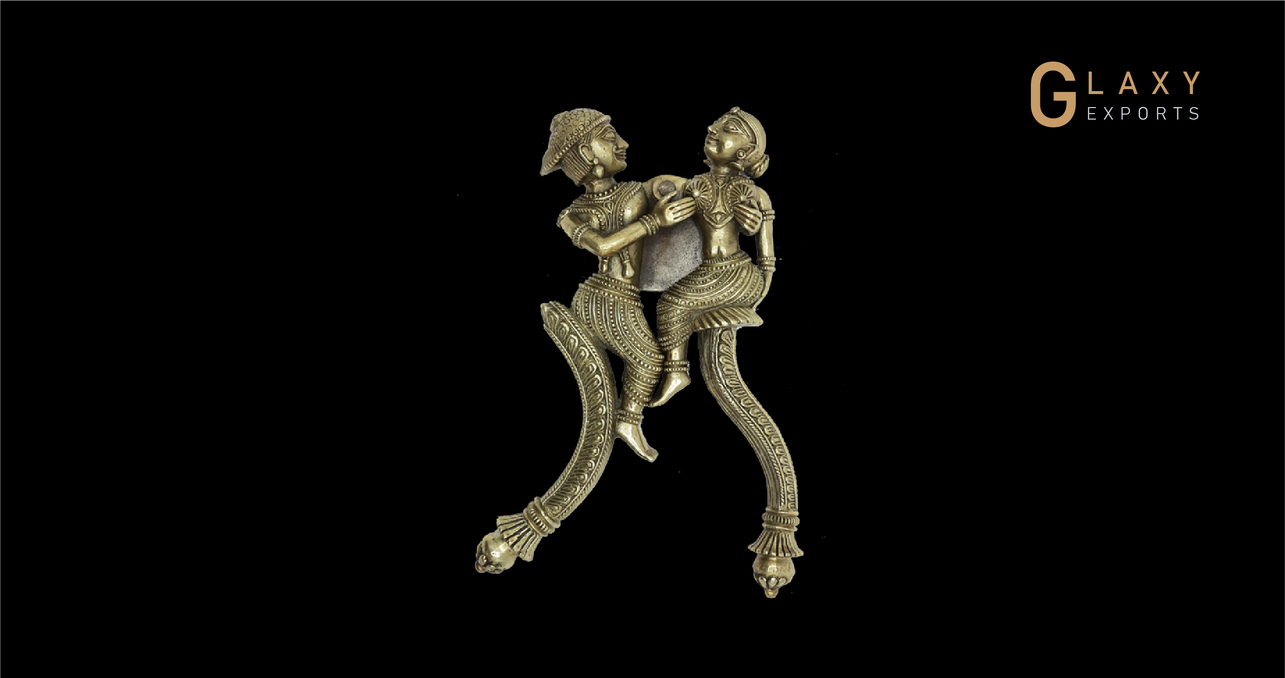
Betel nut Cutter

Shiva Lingam

Tara / Shakti
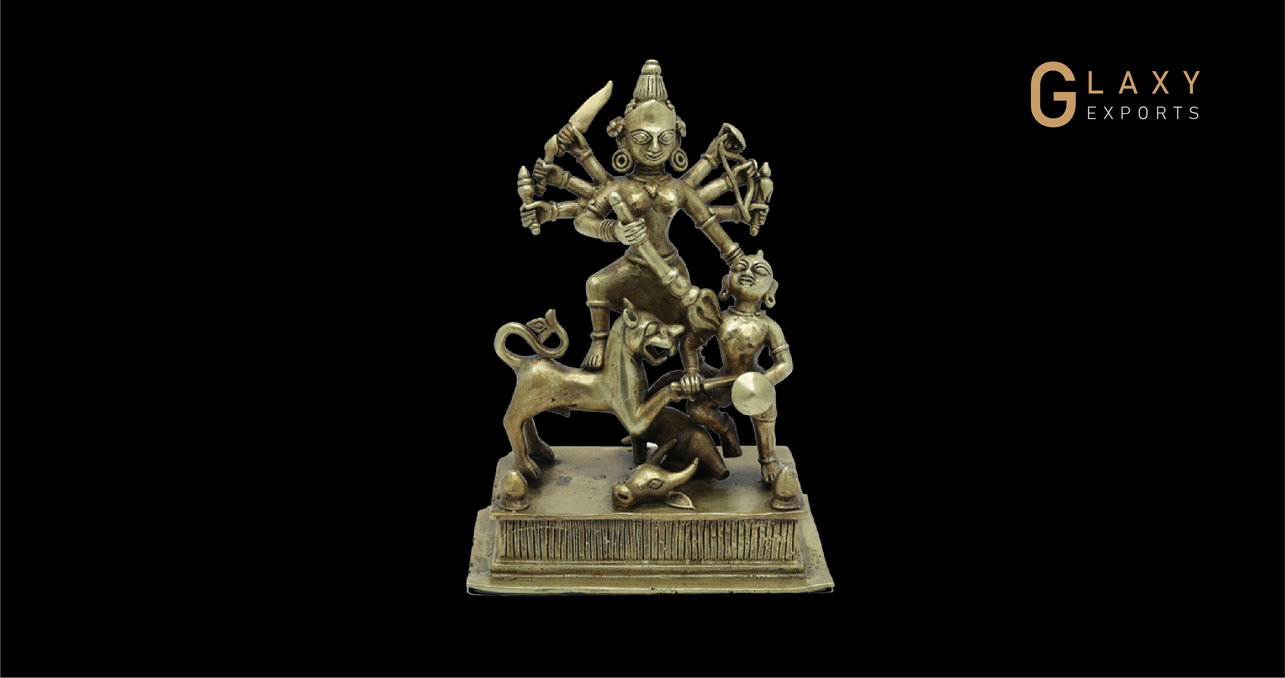
Mahisasurmardini

Mahisasurmardini

Babu Ganesha

Ravana

Deepam of Devi

The Majestic Peacock

Lamps of India

Votive lamp
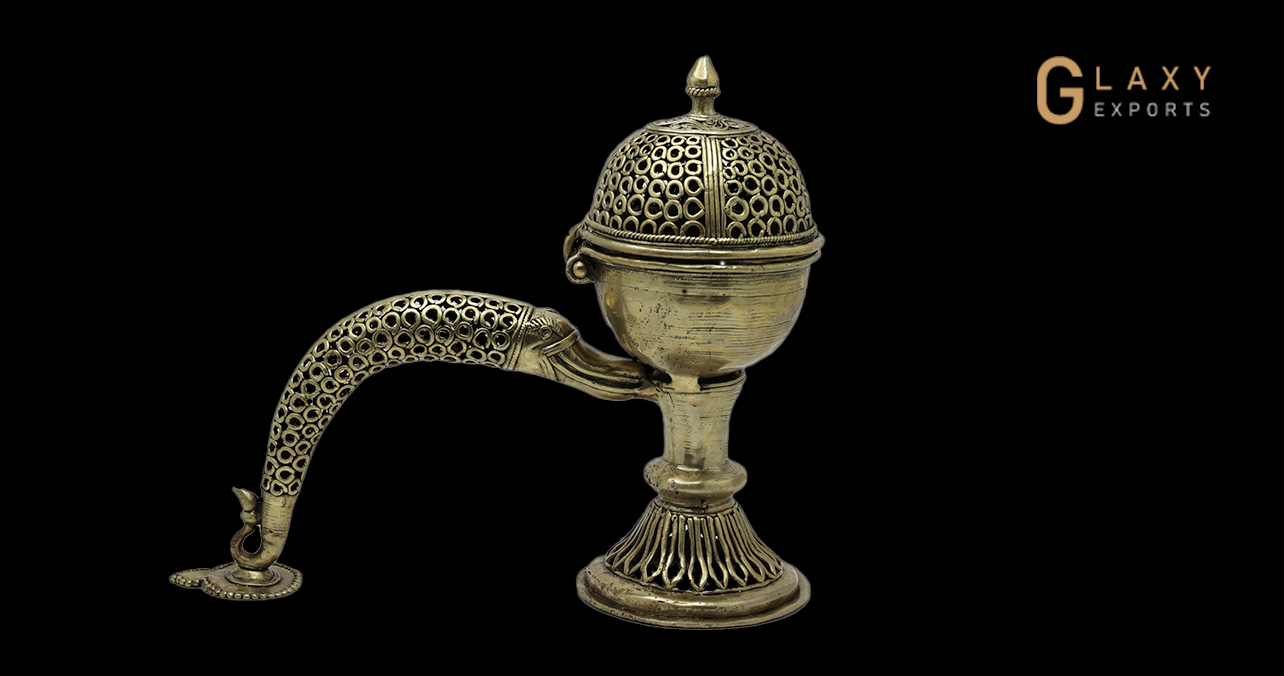
Chirag Dhuni

Chirag Dhuni

Chirag Dhuni

Buddha

Bandevi

Mahisasurmardini
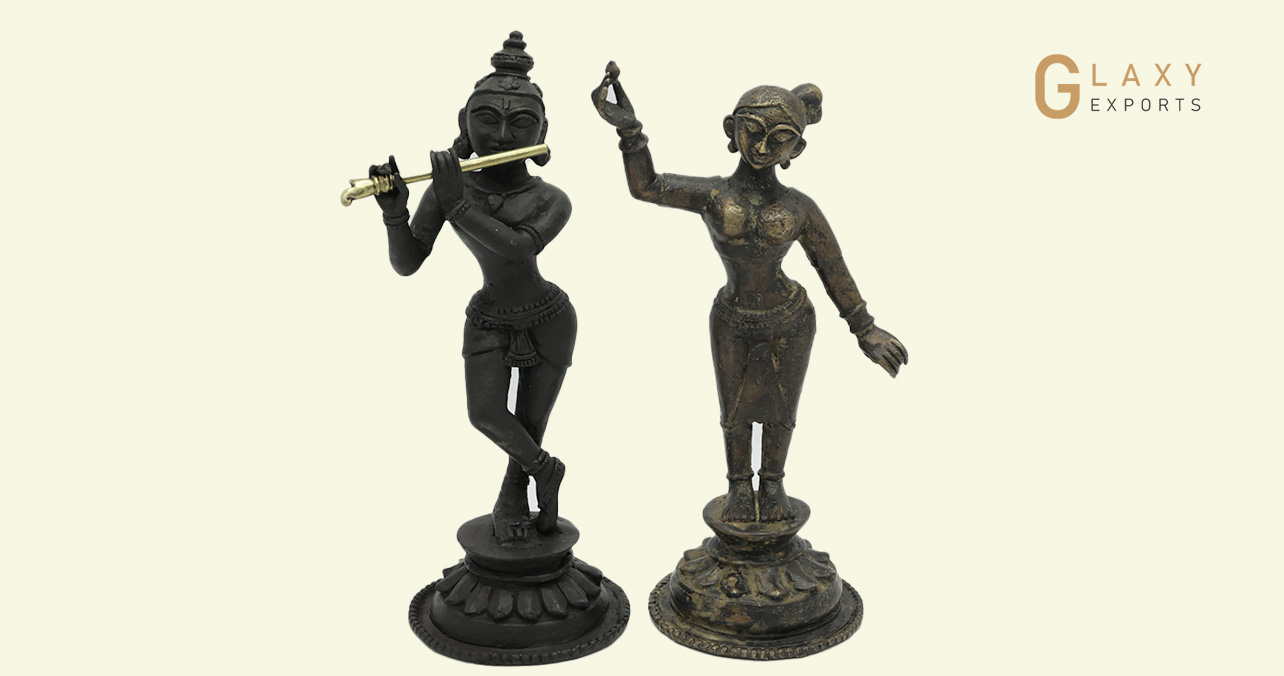
Radha Krishna
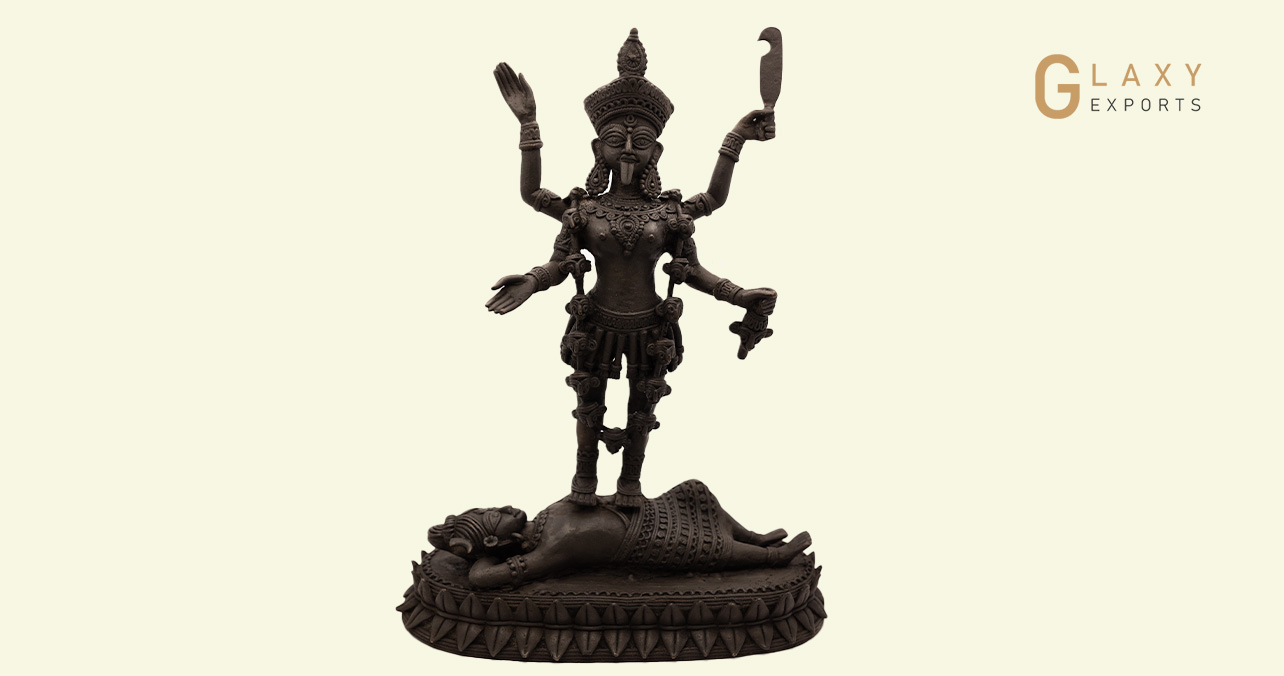
Maa Kali

Chamunda

PASHUPATINATH

Antiquity Trinket Boxes




